 |
| Archaeological excavations in the Thang Long Citadel area and the central area of the Thang Long Imperial Citadel have uncovered a massive system of historical relics and artifacts. (Photo: HT) |
Researching on Kinh Thien Palace during the Le Dynasty, Dr. Nguyen Van Son, Hanoi Historical Association, said that Kinh Thien Palace was the most important architecture of the Thang Long capital during the early Le, Mac and Le Trung Hung dynasties, built in 1428 under the reign of King Le Thai To, where the Dai Viet Emperor sat. Here, the Emperor held great court ceremonies such as coronation, holding court meetings, discussing national affairs, holding court tests, declaring victory, receiving envoys, etc. Therefore, Kinh Thien Palace was the highest symbol of Dai Viet national power throughout the four centuries (XV - XVIII).
Through the ups and downs of history, the entire architecture was destroyed, leaving only a foundation of more than 2m high and two sets of stone railings and steps in the middle of the South side and the Northwest corner. Surveys and excavations here from 2011 to present have opened up new understandings of the Kinh Thien Palace and the Kinh Thien Palace space through the system of relics and artifacts. However, the structure of the floor plan and architectural division of the Kinh Thien Palace is still a big question without a satisfactory answer. In order to have data to restore the Kinh Thien Palace, Dr. Nguyen Van Son said that it is necessary to promote research work in all fields; archeology, history, architecture, fine arts... First of all, it is necessary to clarify the scale of the structure of the main palace, with the formation of specialized research groups including: Form and design, materials and substances, usage and function, tradition and technique, location and place of construction, spirit and expression and other factors inside and outside the heritage. The results of this study will allow us to build up the artistic, historical, social and scientific dimensions of Kinh Thien Palace. Preserving and promoting the value of heritage Sharing the experience of restoring architecture from archaeological sites, Professor Ueno Kunikazu (Nara Women's University - Japan) introduced some typical architectural works of the 8th and 9th centuries that have been successfully restored in Japan such as Suzaku-mom (main gate), Daigoku-sen (main hall) and Tou-in (east garden in "Heijou - Kyu": Nara Palace Site). He said that during the research process, we built models at a scale of 1/50 to 1/100. We also checked various issues during the restoration process. When welcoming the public to visit the restored works, we must pay attention to at least 2 issues: Safety and preservation of original artifacts. In which, safety is after the reconstruction is completed, people will visit that building. We need to establish safety in the reconstructed buildings. Preserving archaeological relics means that the restored building is based on the principle of never destroying the original valuable artifacts. 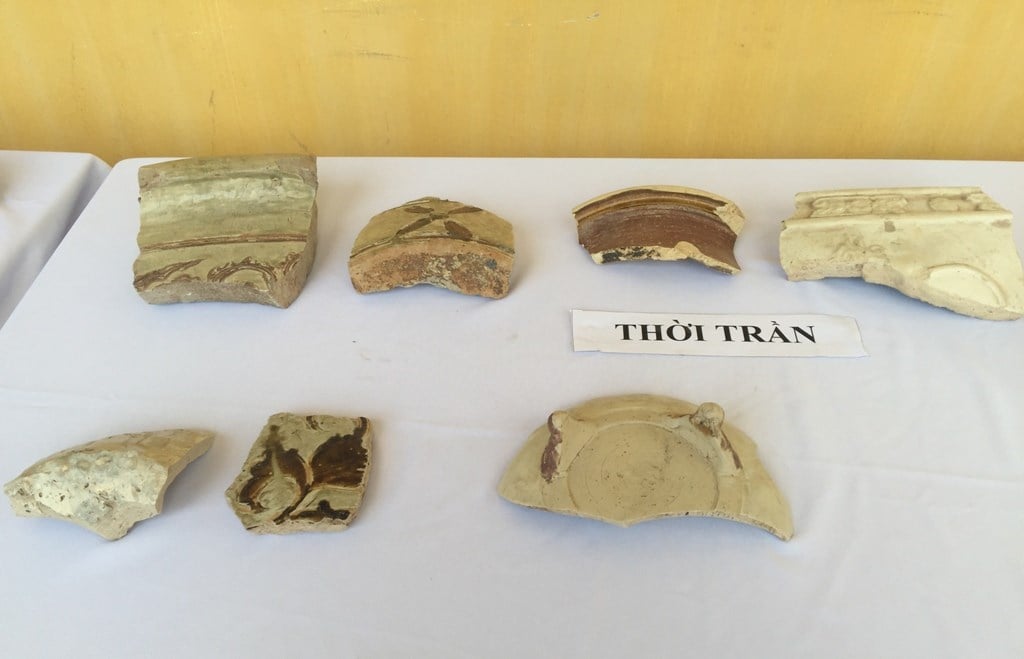 |
| Some artifacts found during excavations of Thang Long Imperial Citadel. (Photo: HT) |
Suggesting a model and planning of the archaeological and architectural exhibition space for the Thang Long Imperial Citadel heritage site, in which he mentioned the cooperation opportunity between Hanoi and the Ile De France Region of France, Mr. Emmanuel Cerise - Director of PRX Vietnam in Hanoi said that the Ile de France Region, together with PRX-Vietnam, can support the connection of historical relics of Hanoi and heritage sites in the Ile de France region; building cooperation, exchange and technical support.
Mr. Emmanuel proposed the Saint-Denis archaeological site model (Ile de France) as an archaeological site model integrated into an urban renewal project, using landscape and urban design to preserve heritage and present historical traces of the past. The heritage sites of Saint Laurent and the Pastoral in Aosta (Italy) are examples of long-term management of urban archaeological sites for historical, cultural and tourism purposes. Among the archaeological sites in the Ile de France region, some are located in urban areas. For example, the city of Lutèce (Roman times) or Cluny (medieval times), some are located in the suburbs or countryside such as the Gallo-Roan Heritage Site of Vaux de la Celle (Genainville). From there, the scientist believes that the Ile de France region, together with PRX-Vietnam, can support the connection of historical sites in Hanoi and heritage sites in the Ile de France region; Building cooperation, exchange and technical support. For example, the cooperation between the medieval town of Provins and the Hanoi Citadel, the support of the French Ministry of Culture in the field of training and fostering for French-speaking staff working at historical sites. To preserve and promote the heritage value of Thang Long Imperial Citadel, Dr. Nguyen Viet Chuc, former Vice Chairman of the National Assembly's Committee for Culture and Education, said that preserving and promoting heritage values is necessary for all heritages, especially for Thang Long Imperial Citadel, a heritage recognized by UNESCO as a world cultural heritage. In recent times, the Thang Long - Hanoi Heritage Conservation Center has made great efforts in preserving and promoting heritage values. However, preserving and promoting archaeological results in recent years is posing problems that need to be solved in parallel with expanding archaeology. In order to improve the effectiveness of preserving and promoting the value of the Thang Long Imperial Citadel heritage under current conditions, Dr. Nguyen Viet Chuc suggested a number of solutions. That is, the Ministry of Culture, Sports and Tourism and Hanoi City agreed to submit to UNESCO on the selective preservation of specific works in the Thang Long Imperial Citadel; develop an archaeological program, while preserving and promoting archaeological sites in the following years; deploy digital technology applications in preserving and promoting the value of the Imperial Citadel heritage; conduct research on the value of intangible heritage; learn from the experiences of other countries in preserving and promoting the value of the Imperial Palace heritage... According to Associate Professor Dr. Dang Van Bai, Member of the National Cultural Heritage Council, preserving World Heritage in the spirit of the UNESCO Convention sets two major goals: First, through scientific activities with appropriate management models to ensure the integrity of the heritage, demonstrating the outstanding global value of the heritage according to the criteria determined by UNESCO. Second, heritage interpretation makes the outstanding global values of heritage and the cultural messages contained in heritage more accessible and easier to understand, popularizing to the general public in the whole society, which also means creating new functions for heritage to be associated with social life and useful to everyone, most commonly through tourism activities and based on the foundation and strengths of information technology. In order to achieve the best results in heritage interpretation, Associate Professor, Dr. Dang Van Bai proposed to build at the Thang Long Imperial Citadel Center an "information center" about heritage in the form of a Royal Palace or Royal Palace museum. The goal of the museum is not only to introduce antiquities and relics of high artistic value but also to recreate the architectural appearance of the Thang Long Royal Palace through the stages of development. In addition, the display of the museum must now reflect the intangible cultural values associated with the ancient royal palace with scholarly nature, also known as the Thang Long Royal Palace culture. In particular, it is necessary to pay attention to showing the activities that took place in the space of the Central Citadel of Thang Long during the period of the War against America to save the country, protect the North, liberate the South and unify the country under the leadership of Uncle Ho and the Supreme Command of the Vietnam People's Army. Associate Professor, Dr. Dang Van Bai said that such a modern museum needs to take advantage of the strengths of technology in the era of the 4.0 Industrial Revolution such as: GIS technology, virtual reality technology, 3D technology, mapping... to promote the proactiveness and positivity of visitors, helping them understand more deeply the outstanding global values of the Heritage Site./. Source: https://dangcongsan.vn/tu-tuong-van-hoa/hien-ke-khoi-phuc-cac-di-san-kien-truc-hoang-thanh-thang-long-619195.html

![[Photo] Prime Minister Pham Minh Chinh receives Mr. Jefferey Perlman, CEO of Warburg Pincus Group (USA)](https://vstatic.vietnam.vn/vietnam/resource/IMAGE/2025/4/18/c37781eeb50342f09d8fe6841db2426c)


![[UPDATE] April 30th parade rehearsal on Le Duan street in front of Independence Palace](https://vstatic.vietnam.vn/vietnam/resource/IMAGE/2025/4/18/8f2604c6bc5648d4b918bd6867d08396)

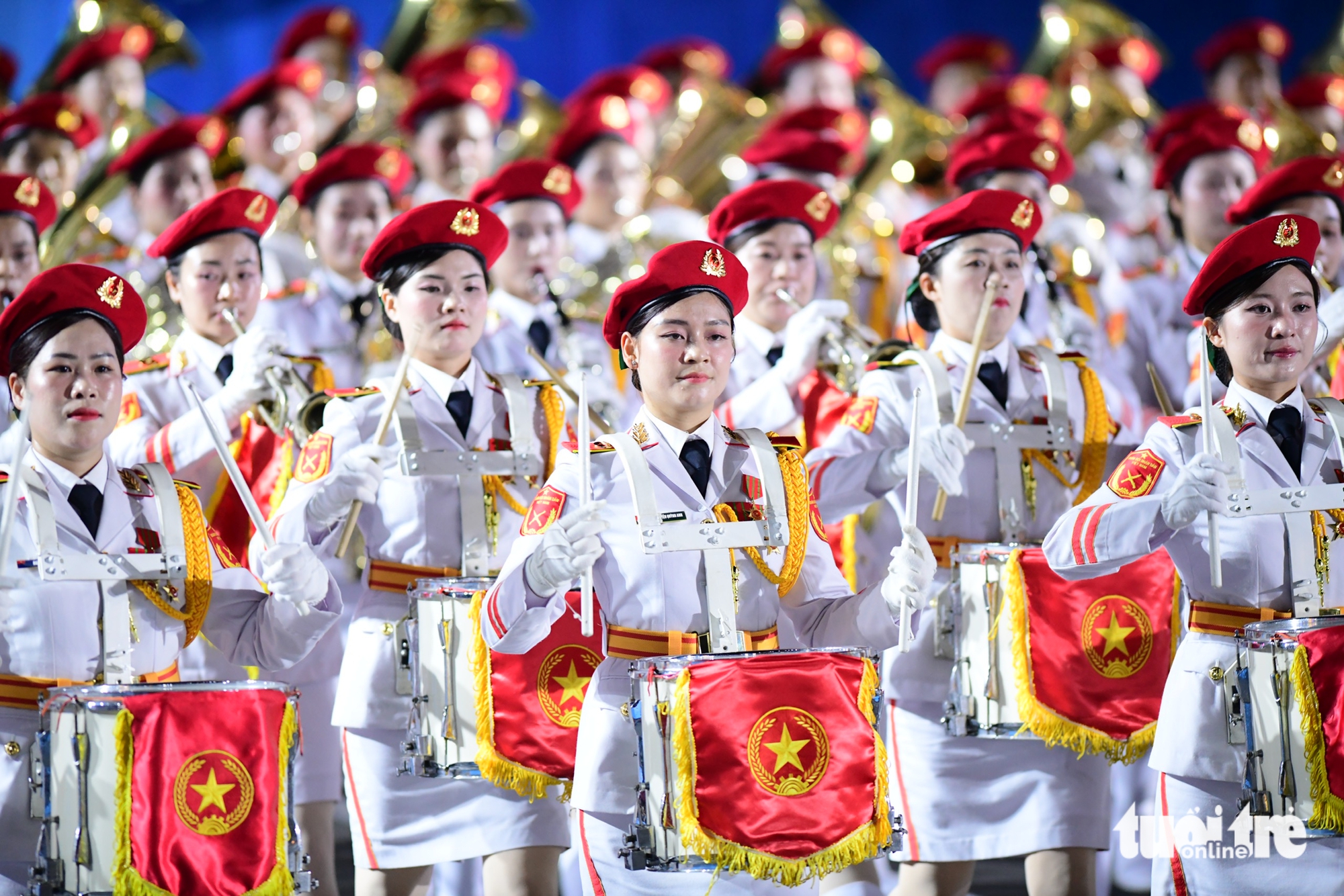
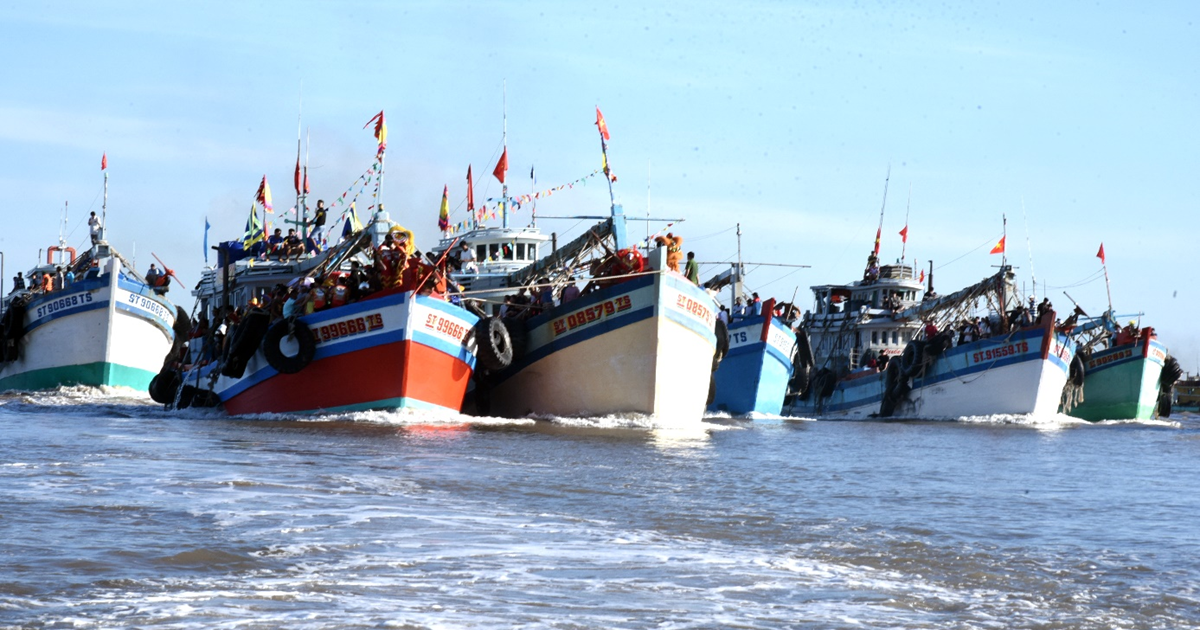

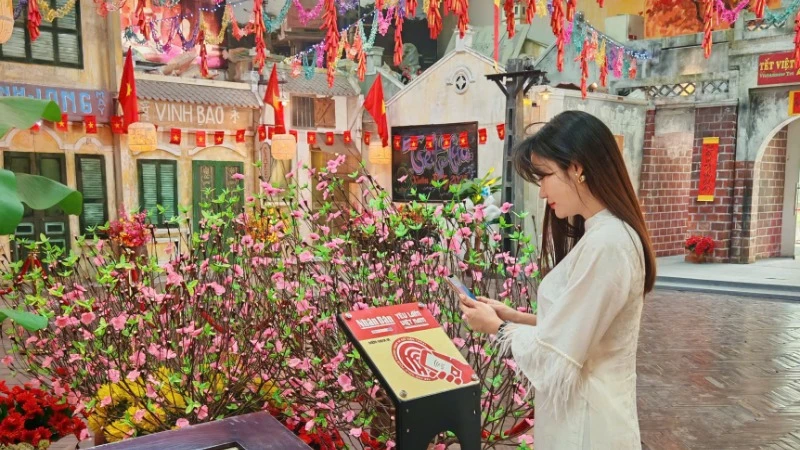
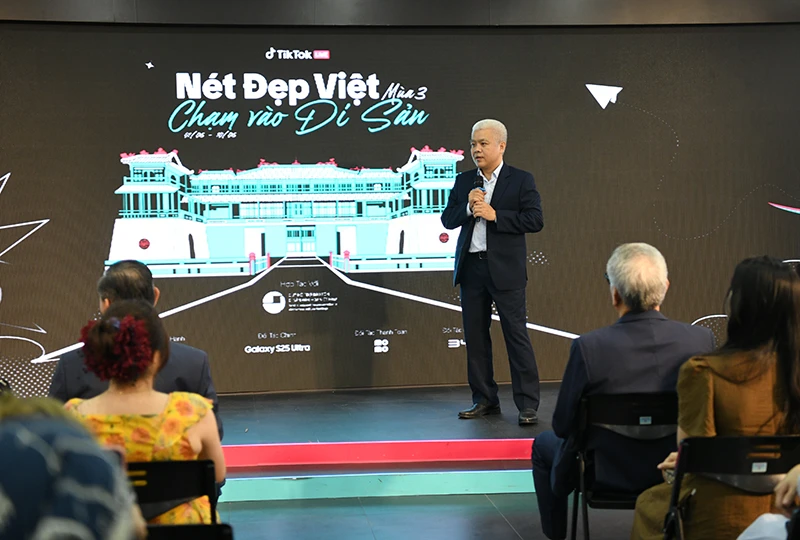






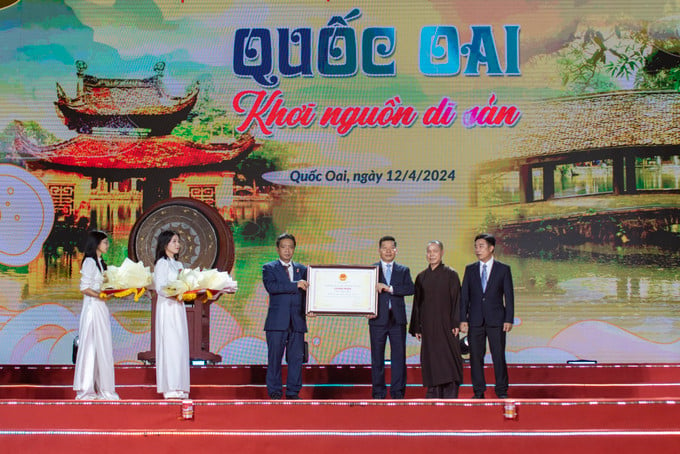
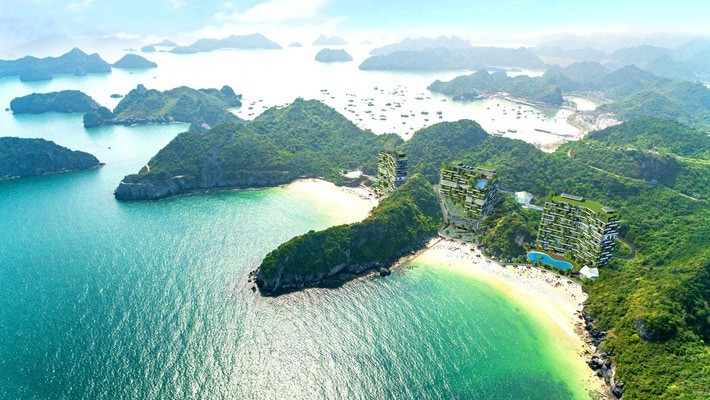
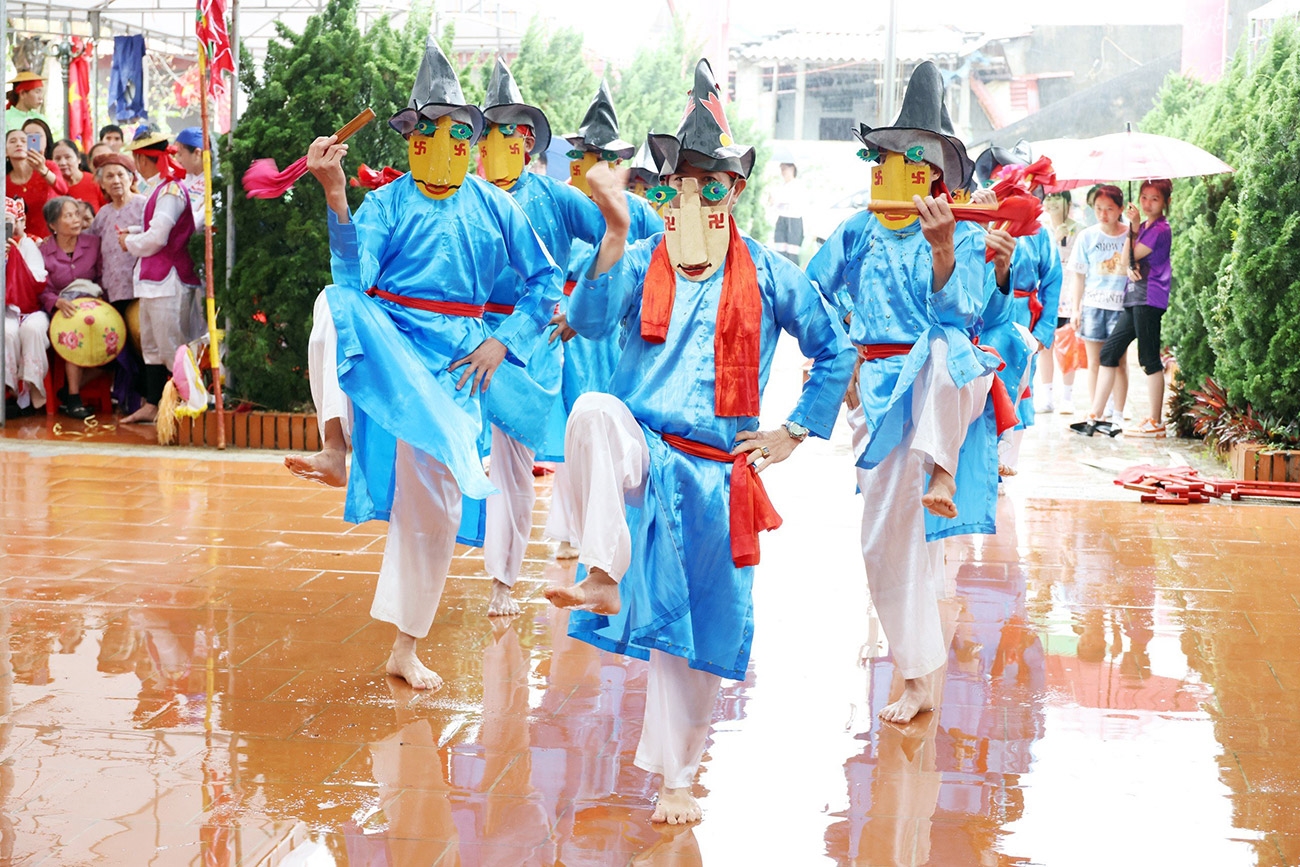
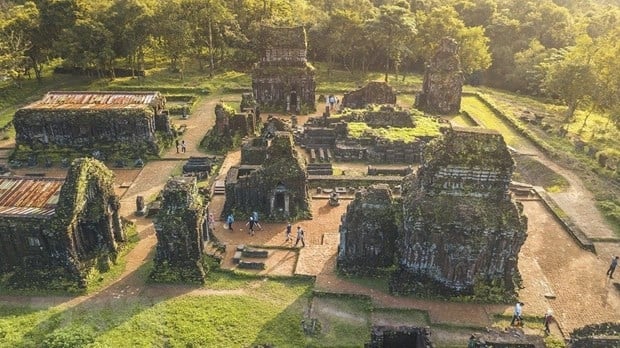
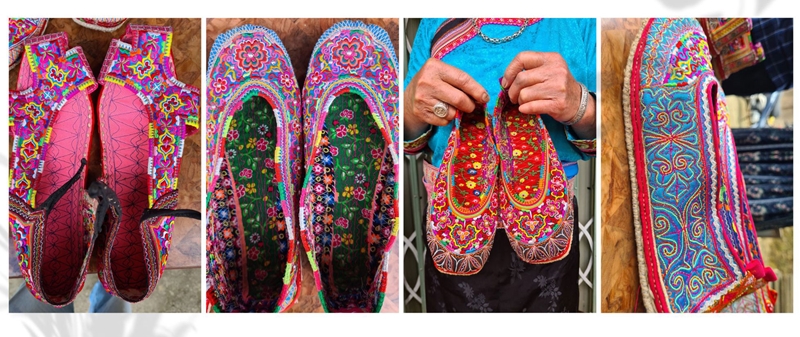
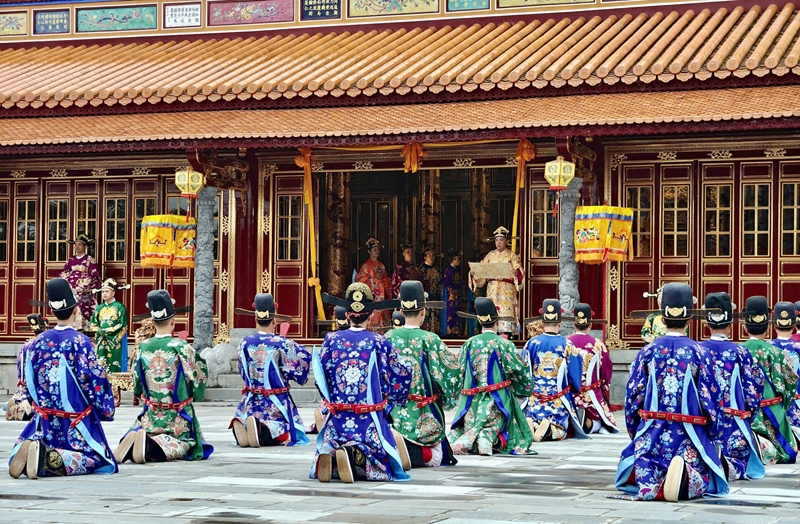














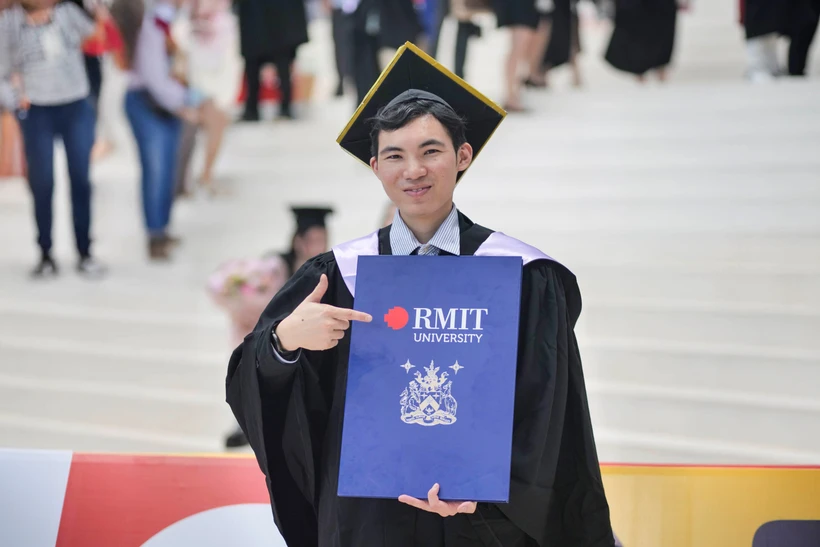



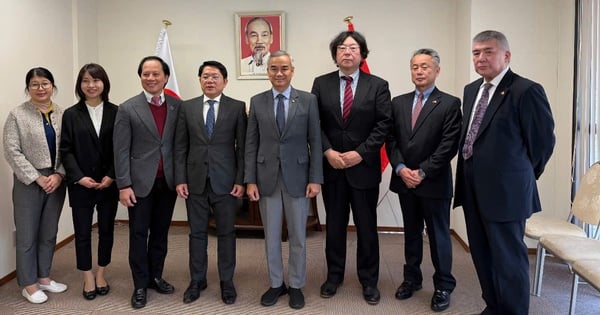

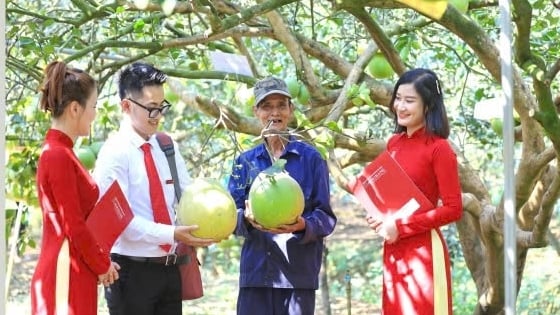


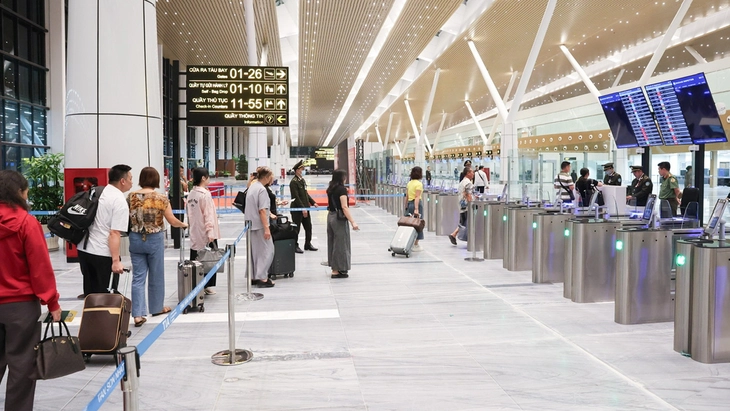
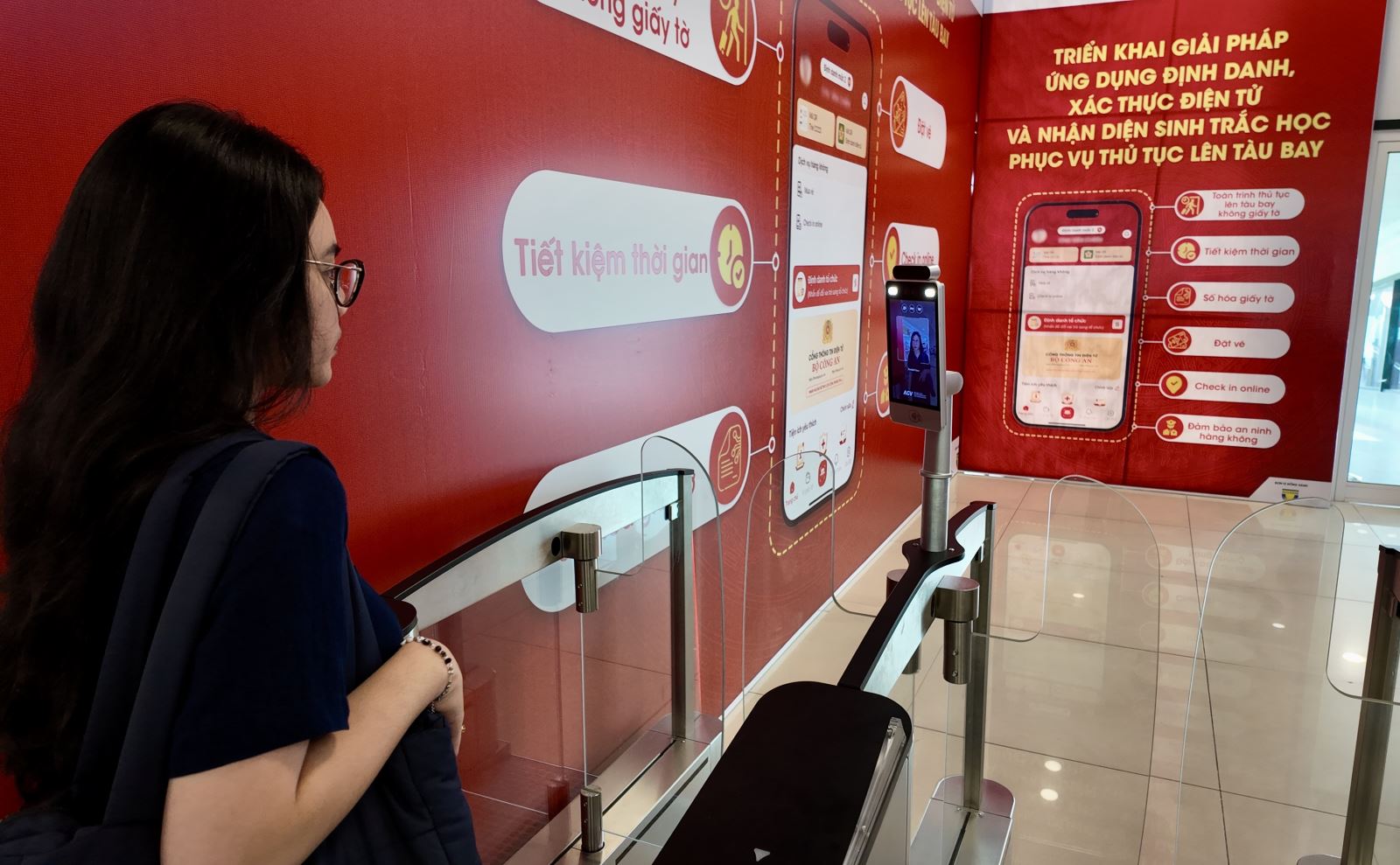
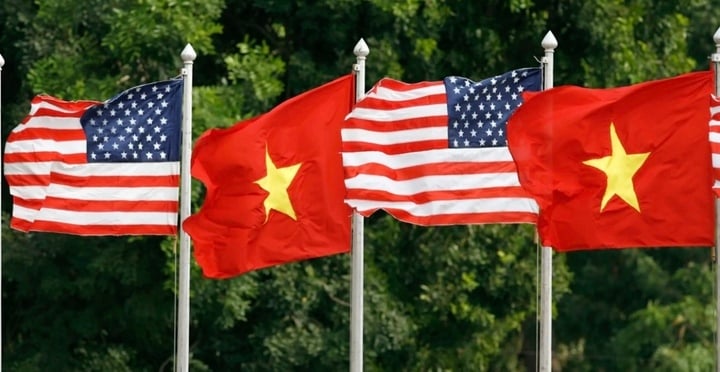

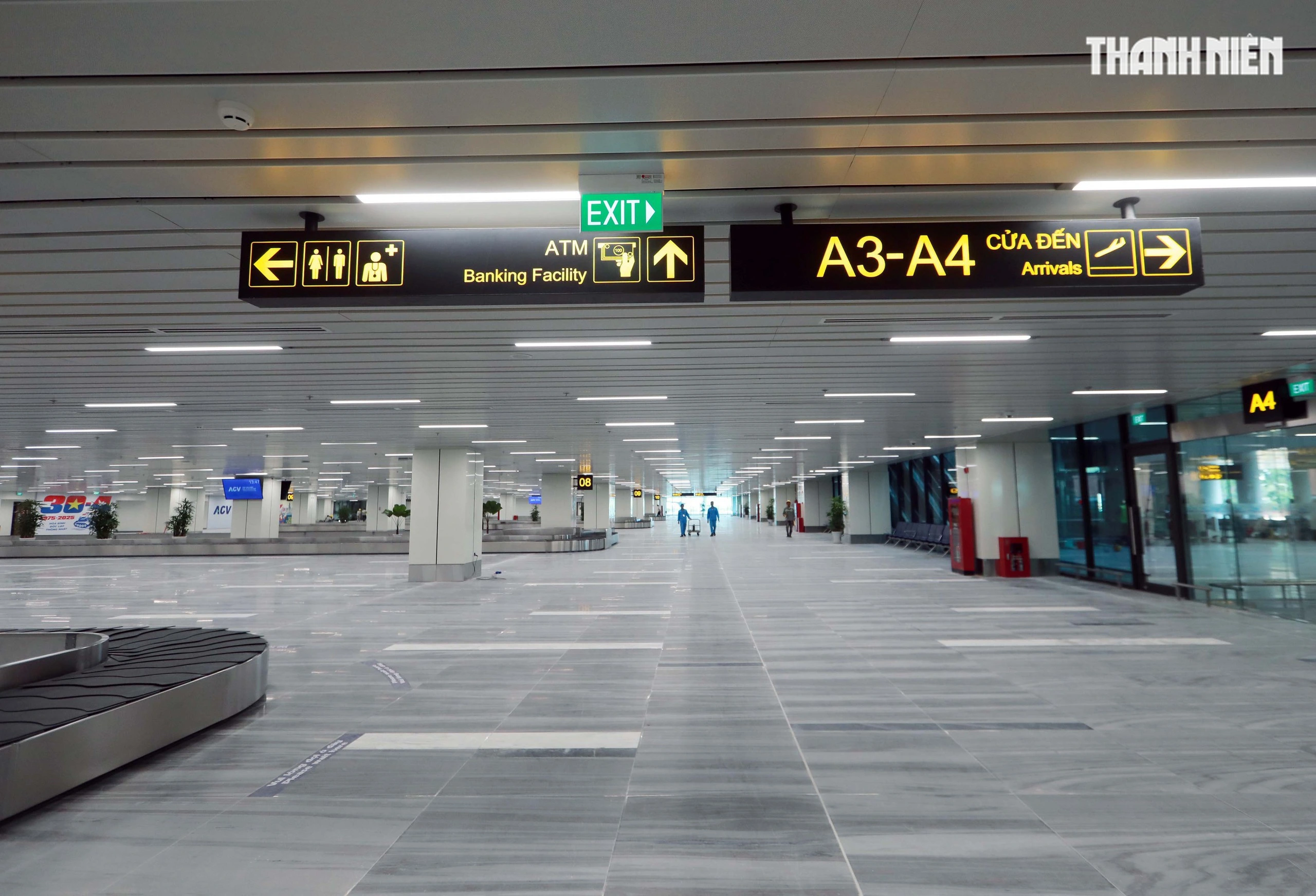
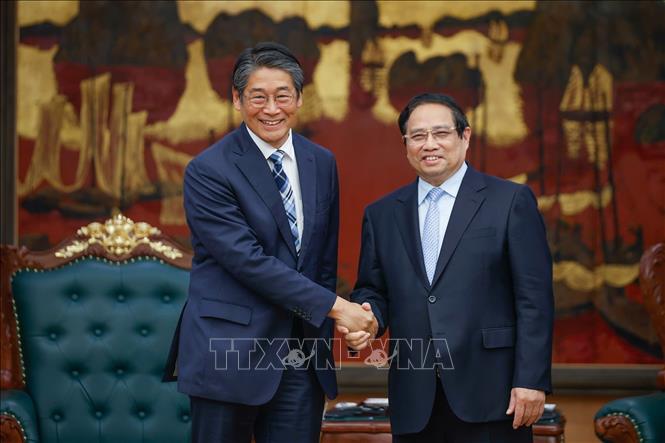
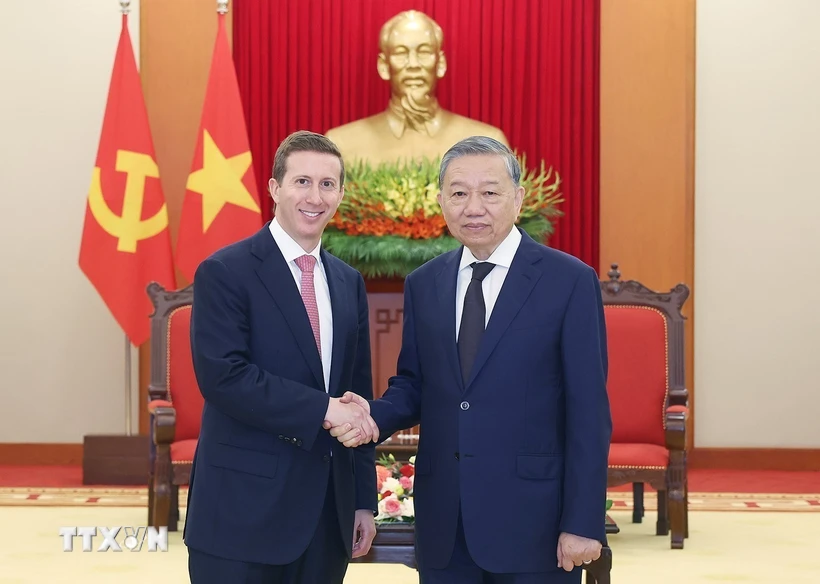


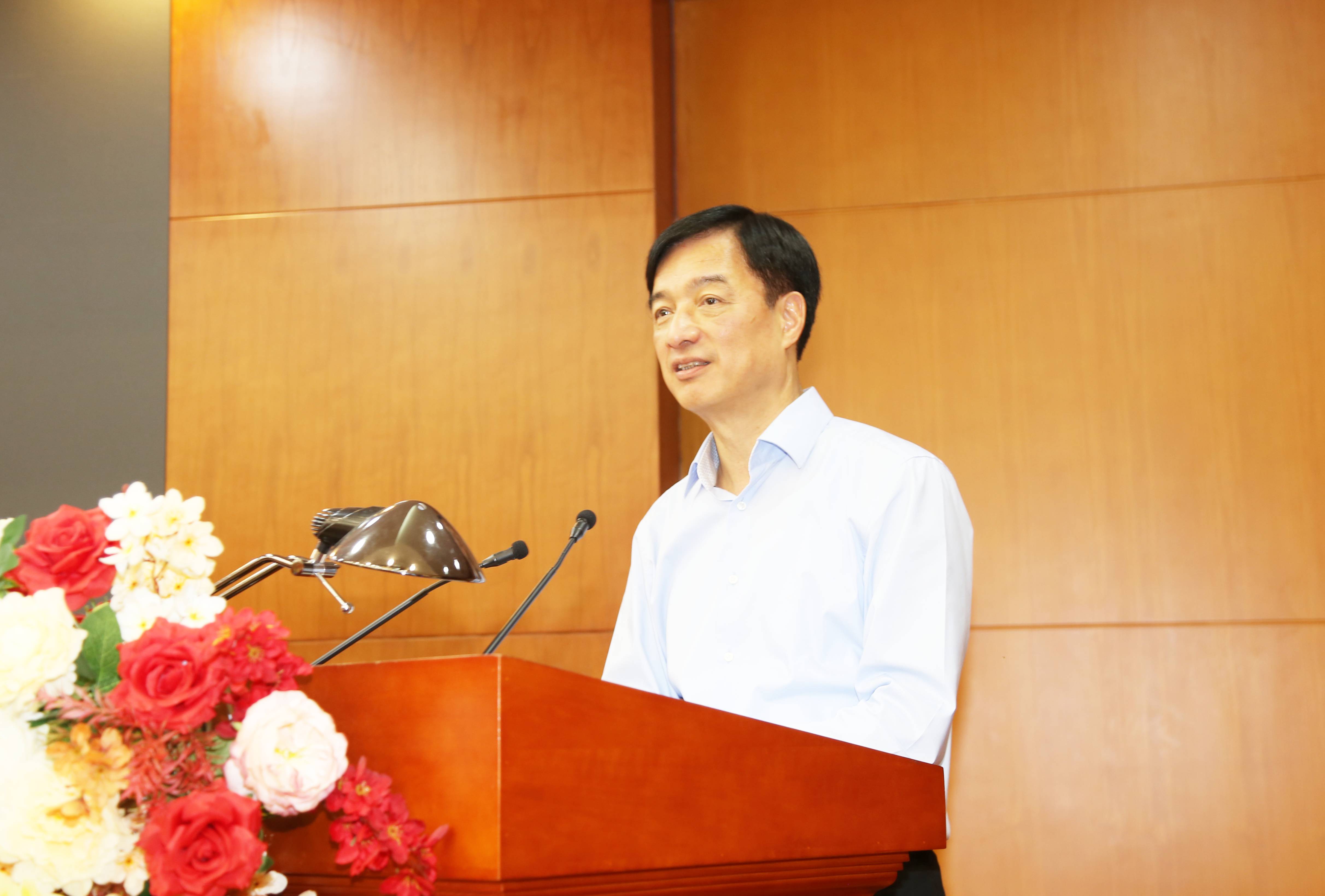

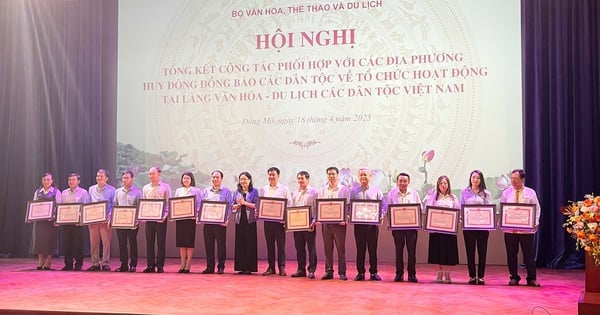

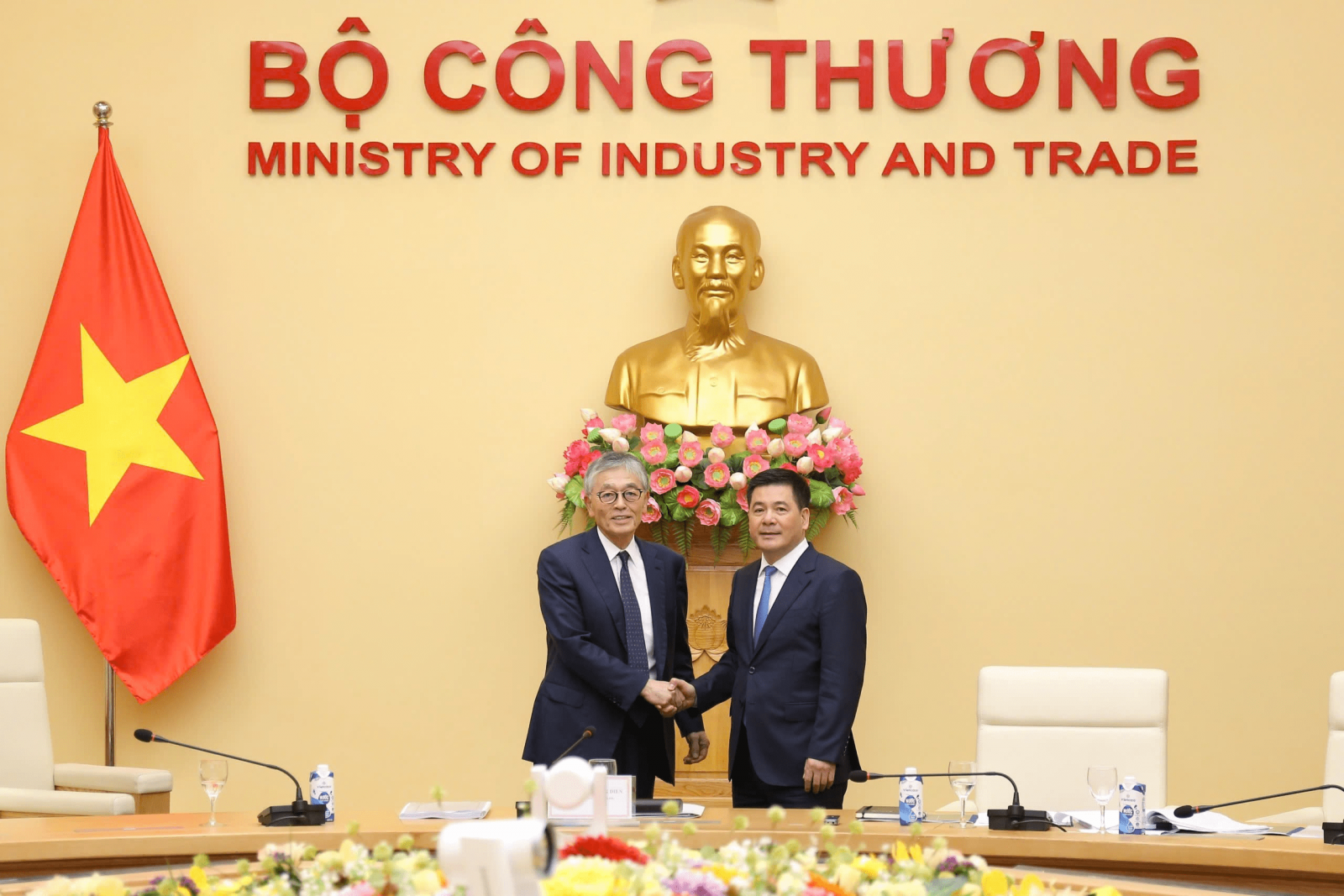

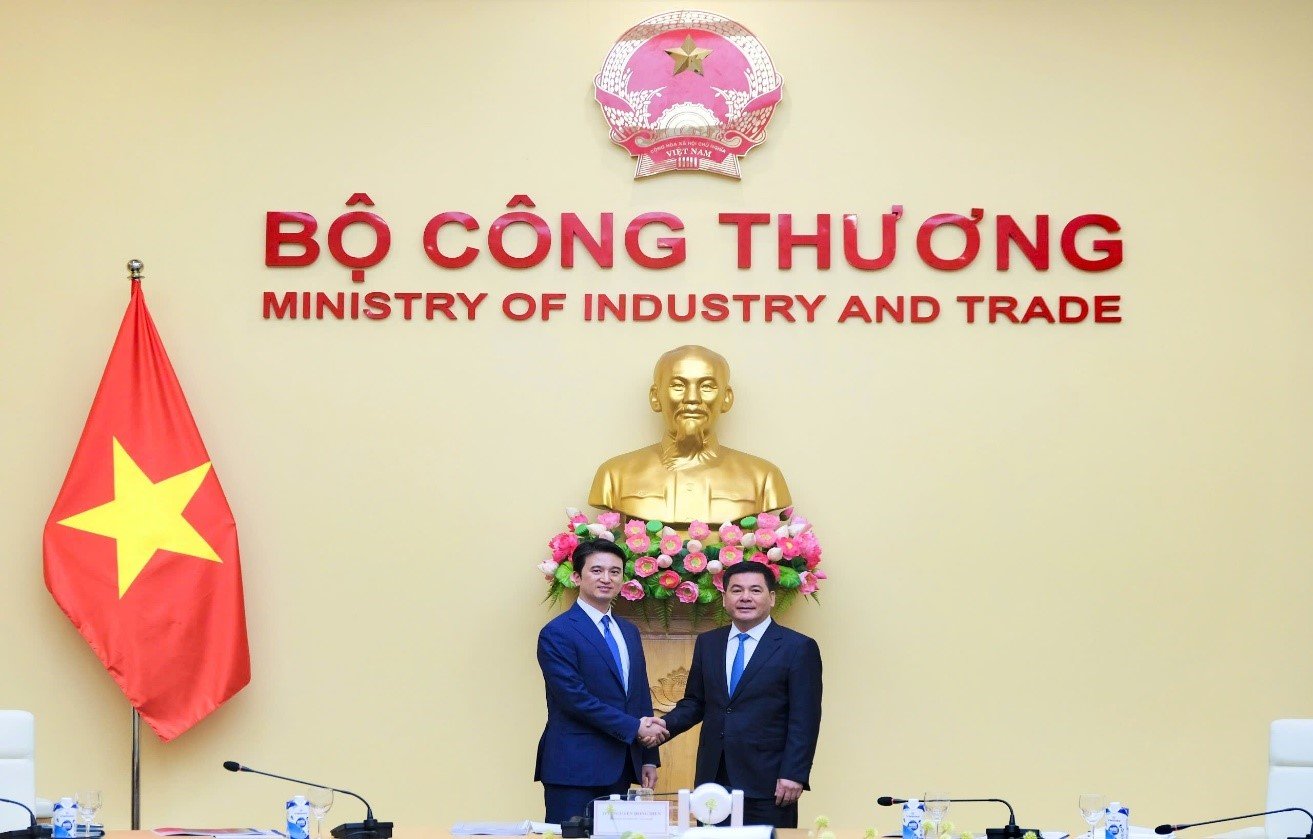
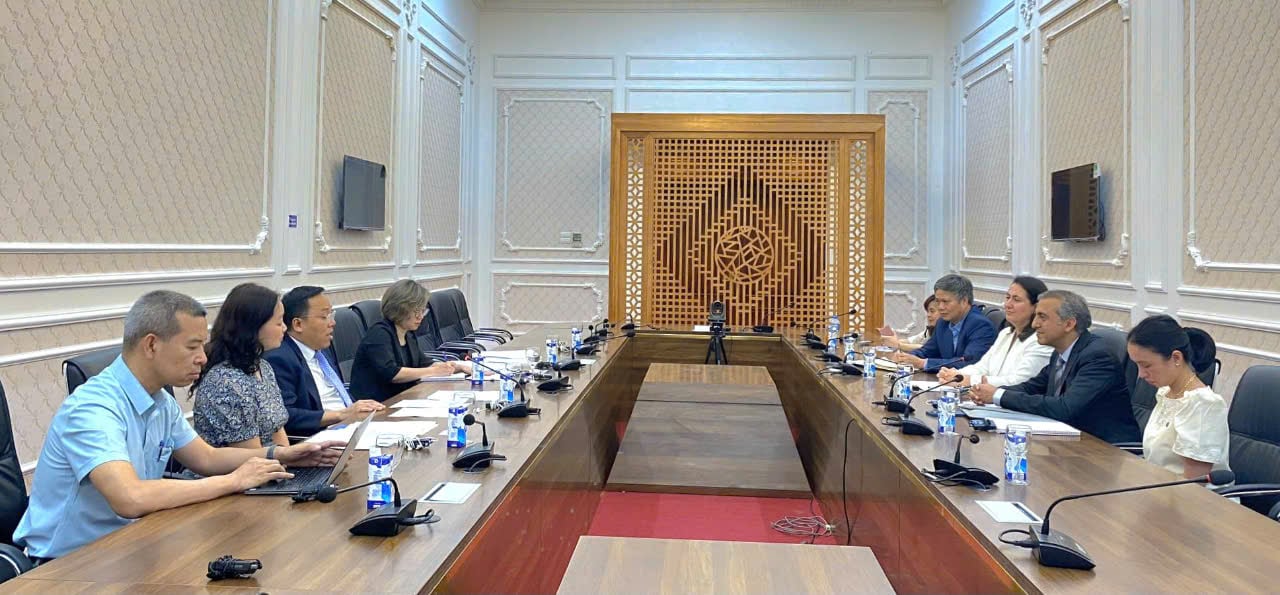
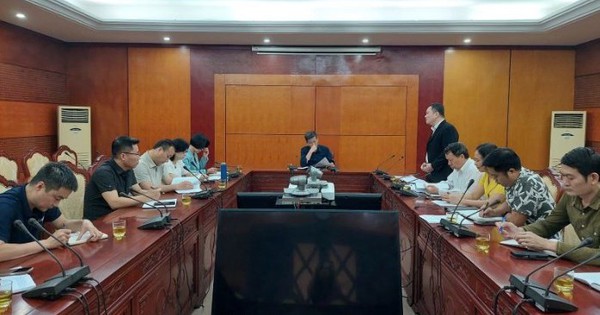
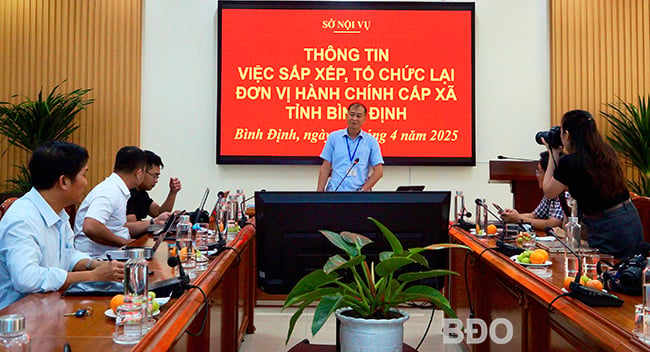
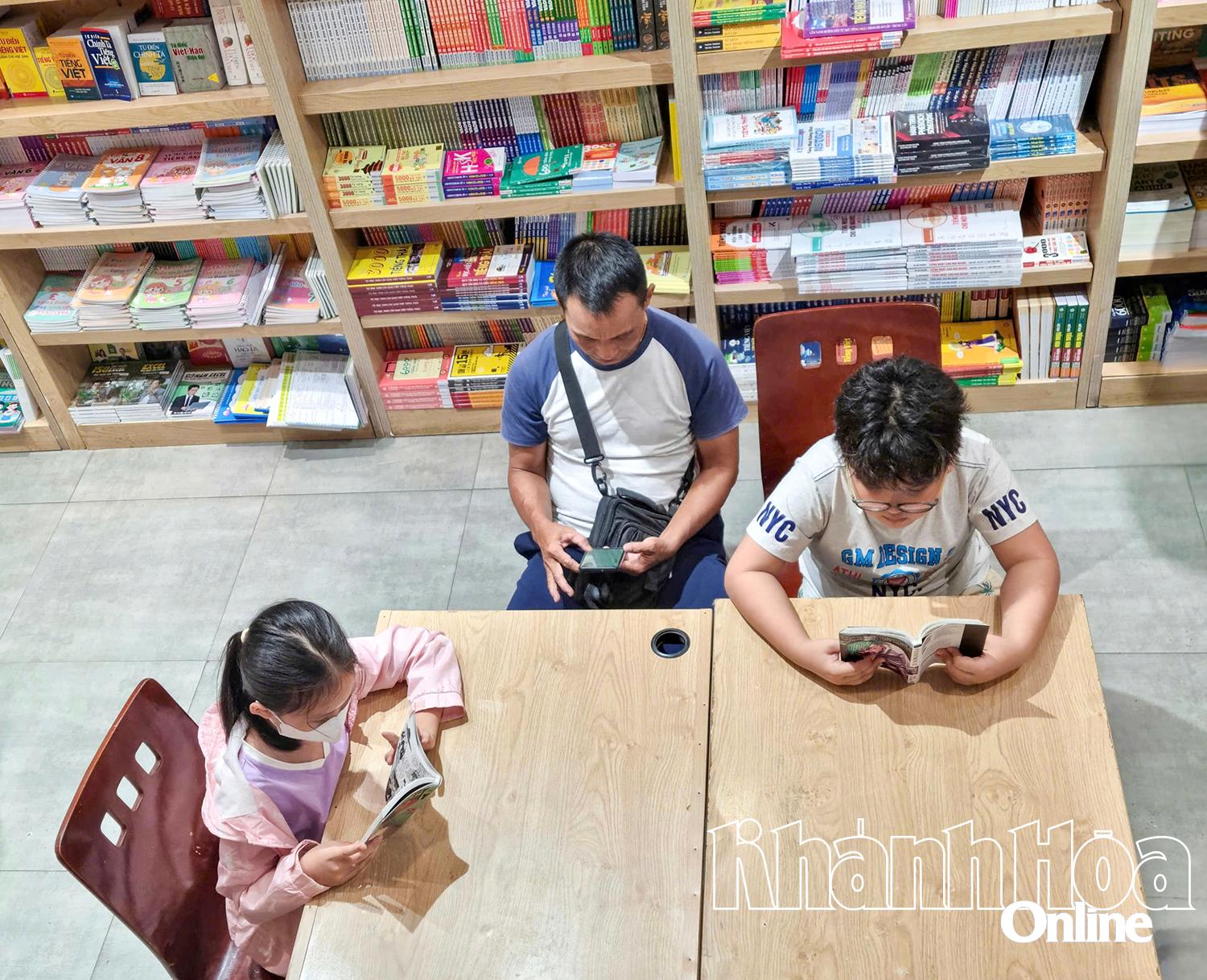

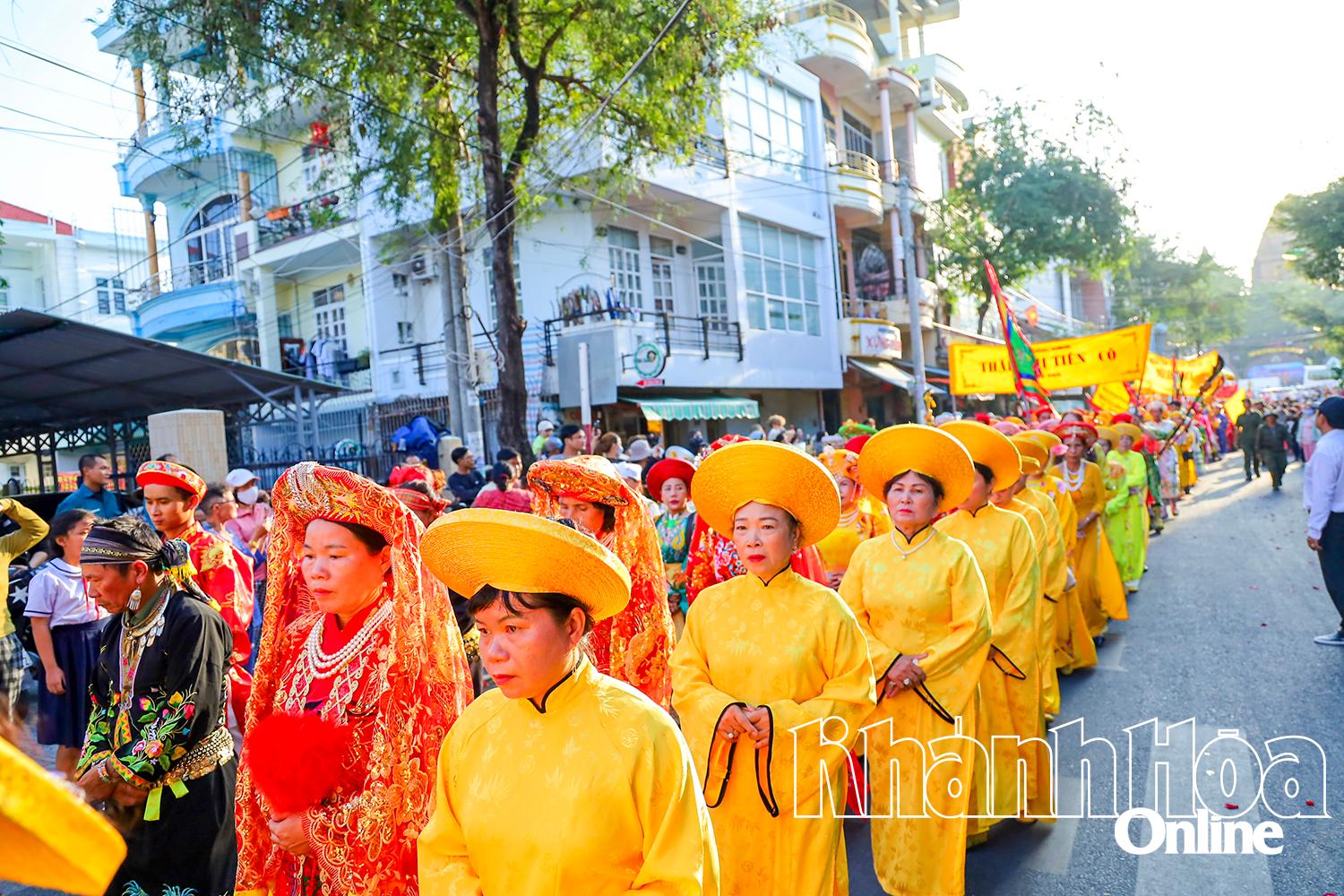
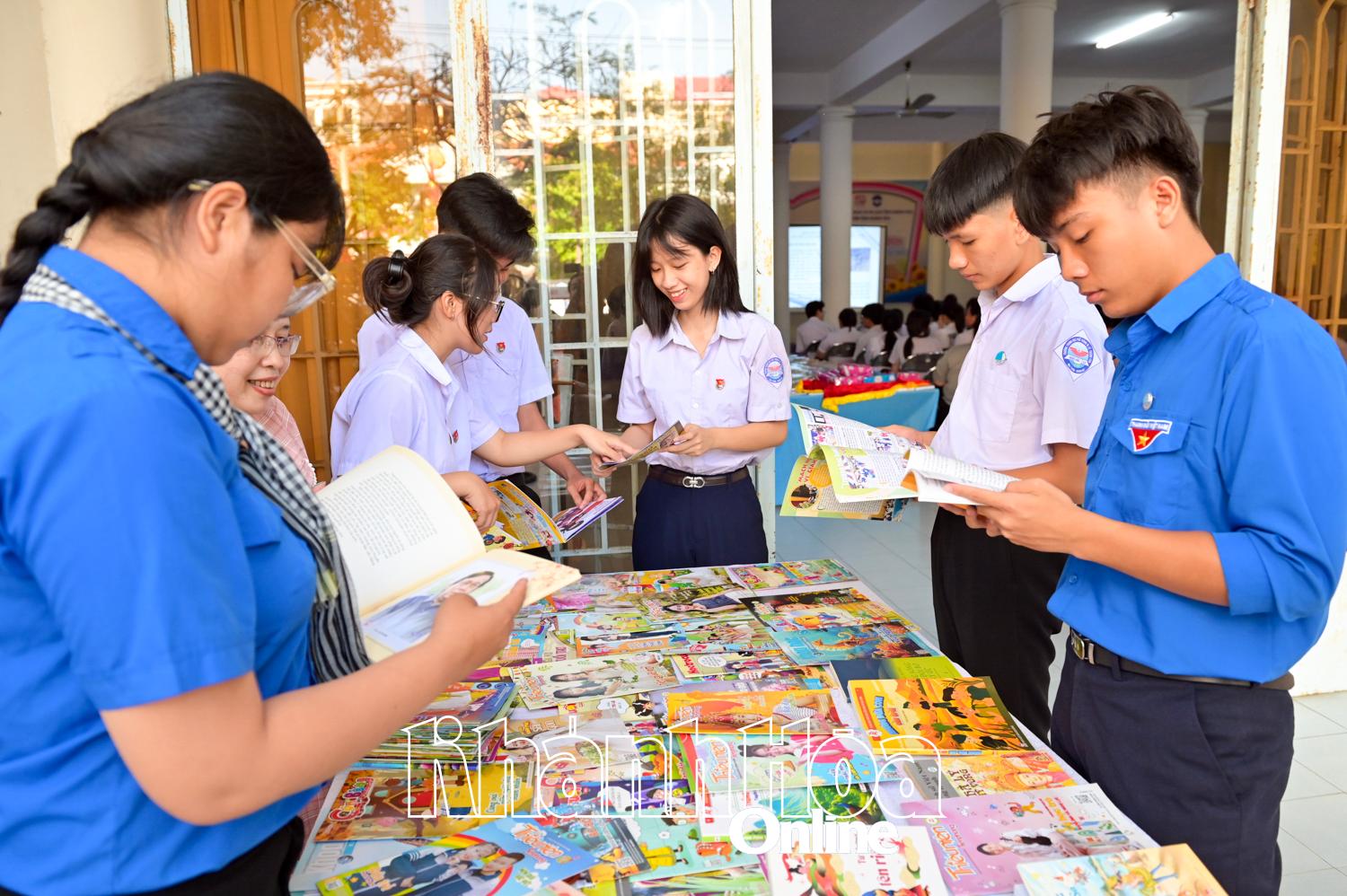
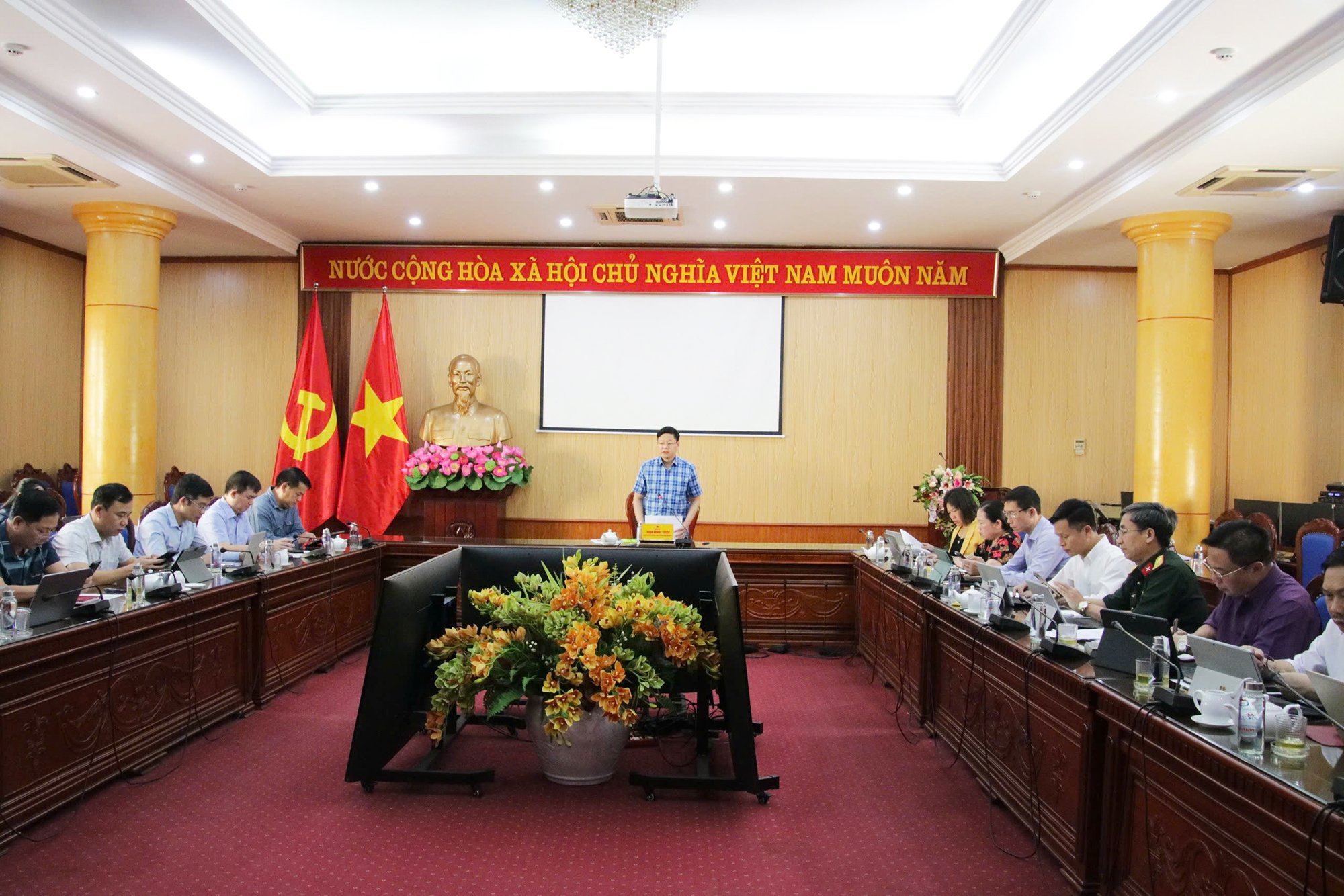
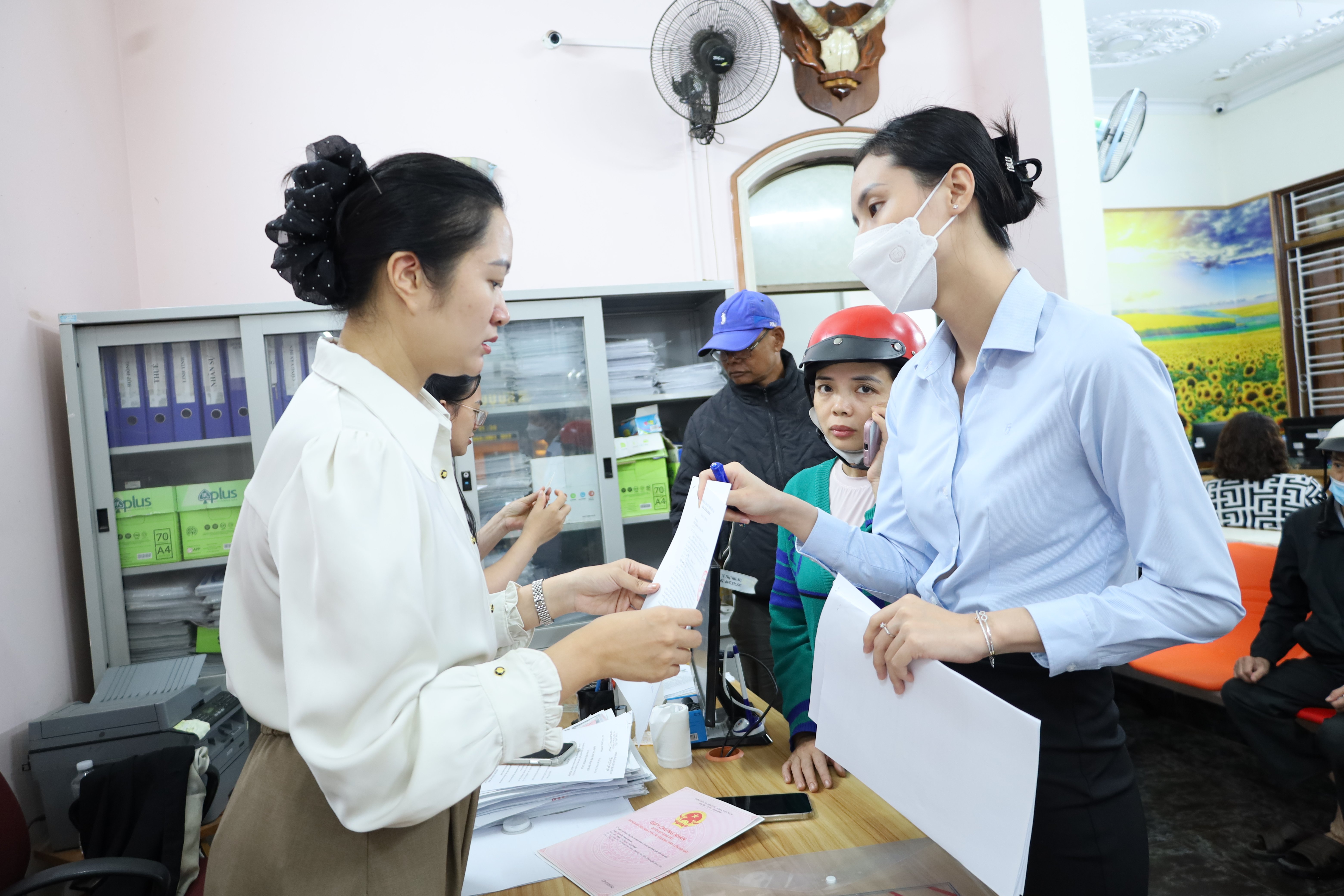




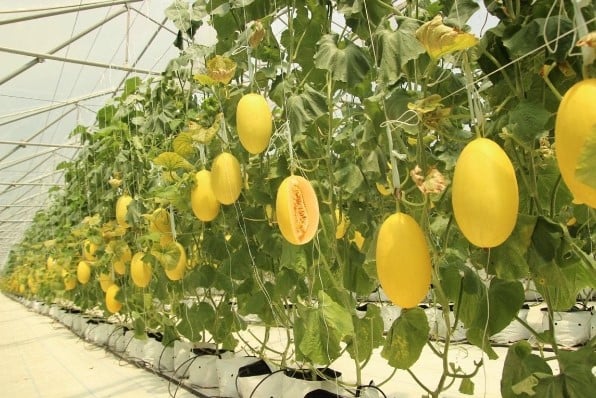
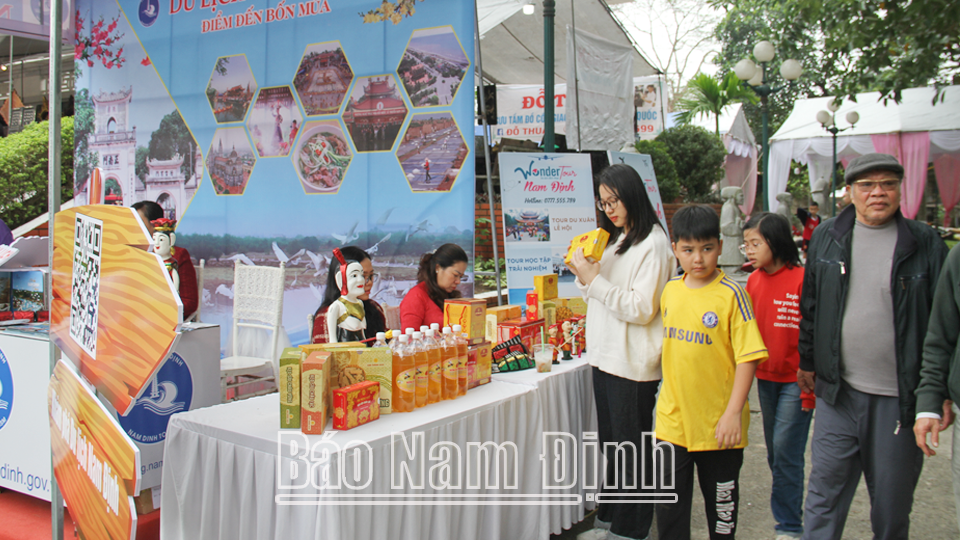



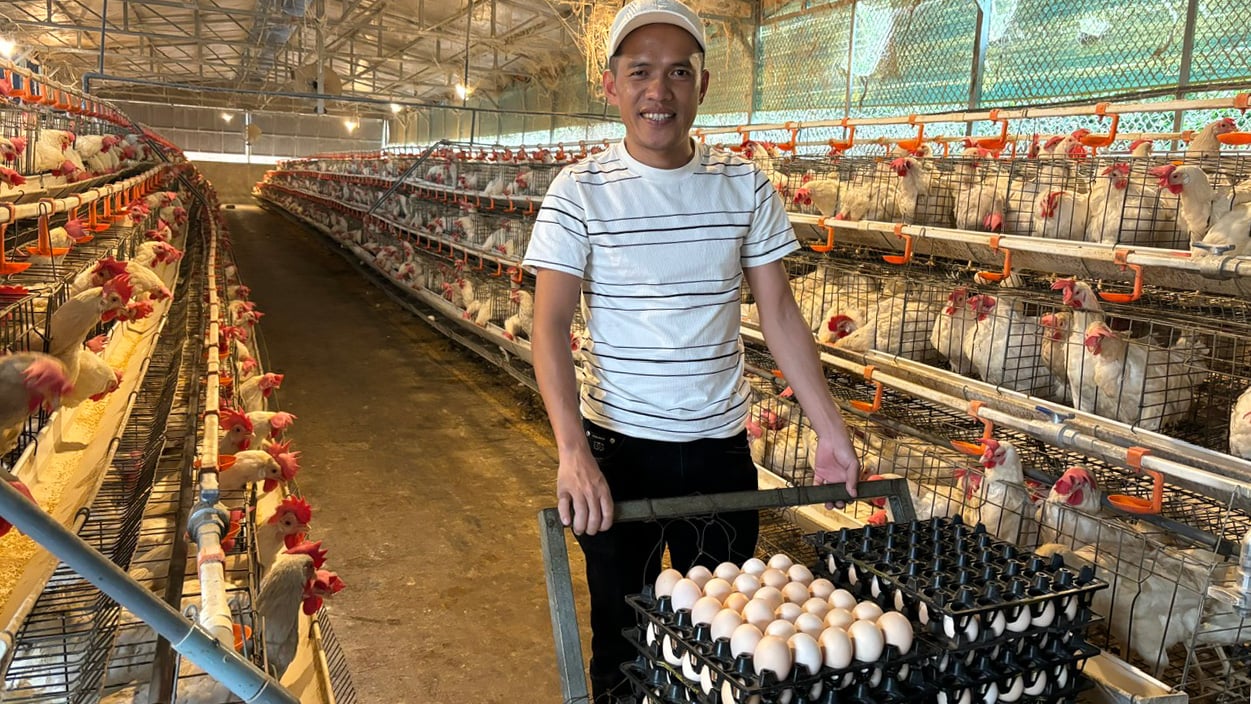

Comment (0)